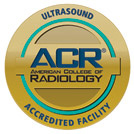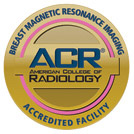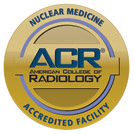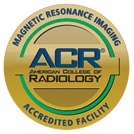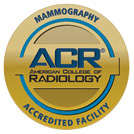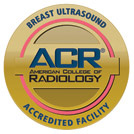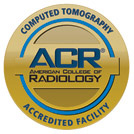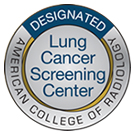A computed tomography (CT) colonography is similar to traditional colonoscopy, in which a doctor examines the large intestines for polyps and other signs of cancer. CT technology incorporates diagnostic medical imaging to take cross-sectional pictures of this body part.
What is a CT Colonoscopy?
A CT colonoscopy differs in a couple of key areas. For one, CT imaging uses low-dose radiation to take pictures of the colon and rectum. Compared to X-ray technology, these images provide a greater level of detail for organs, soft tissue and blood vessels without being as invasive. For this reason, some doctors call it a “virtual colonoscopy”. If potentially cancerous growths are identified in the early stages, a doctor can remove them before they have a chance to grow and spread.
The CT scanner is a large, round-shaped machine with a tunnel and examination table going through the center. Around the middle, a gantry supporting an X-ray tube and detector rotates and takes images. The table passes through and adjusts, so the scanner can take accurate, detailed images.
Specifically for a CT colonoscopy, you will lie on your back, then your stomach, then your right or left side. The X-rays direct low-dose radiation to the body, before it is absorbed and measured. Using this information, the scanner creates highly detailed and refined two- or three-dimensional cross-sectional images. After the procedure is finished, the radiologist will review the images and send a report to the ordering provider.
Who Should Have This Procedure?
Based on recommendations from the American Cancer Society (ACS), patients should be screened for colon cancer roughly every five years once they reach 45 or, if they have a family history, starting at age 40. Colonoscopies may be scheduled at shorter intervals if you previously had polyps removed.
A doctor may recommend a traditional or CT colonoscopy if you show signs of colon cancer, including:
- A regular change in bowel habits
- Blood in the stool
- Abdominal pain
- Bloating
- Unexplained weight loss
Its lack of invasiveness, no need for pain relievers and shorter recovery time benefit patients who don’t have polyps. CT colonoscopies offer a more tolerable solution for those on blood thinners, with breathing issues, the elderly and anyone else at risk for complications.
What You Can Expect
At least a day before your exam, you may need to clean out your bowels and drink select clear liquids, based on recommendations from your doctor. While preparation is similar to a traditional colonoscopy, you may be prescribed a smaller amount of the cleansing laxative, typically in pill or liquid form. In all cases, patients should avoid eating or drinking a few hours before the exam.
Well in advance of the procedure, let the technologist know if you are or think you may be pregnant, and inform them of any recent illnesses, medical conditions, allergies and medications you currently take. Specifically, patients with heart, liver or kidney disease need to take special care during the preparation phase.
The procedure is not recommended for patients with a history of Crohn’s disease, ulcerative colitis, inflammatory bowel disease, diverticulitis or previous bowel perforation. If you have cramping or severe abdominal pain the day of the procedure, tell the technologist. Patients experiencing these symptoms should not undergo a CT colonoscopy.
On the day of the exam, leave all jewelry and metal items at home and arrive in loose, comfortable clothing. As the procedure begins, a small but flexible tube is inserted no more than two inches into your rectum. The technologist or an electronic pump then squeezes carbon dioxide gas or air at a slow, light pace into your colon. During this stage, the gas inflates the colon slightly to eliminate any wrinkles that could potentially hide polyps.
After the images are obtained, patients can return to normal activities. Based on the results, your doctor may request additional imaging or schedule a follow-up to assess treatment.
Has your doctor recommended a CT colonoscopy? Contact us to make an appointment today!





